
Kód: 10938086
Decolorization of Two Azo and Two Anthra- Quinone Dyes from the Dye Effluent using Tunic of Allium cepa derived activated carbon. The Response Surface
Autor Dr Meena Vangalapati
Research Paper from the year 2016 in the subject Engineering - Chemical Engineering, grade: A, Andhra University (College of Engineering), course: Chemical Engineering, language: English, abstract: The aim of the present study is ... celý popis
- Jazyk:
 Angličtina
Angličtina - Vazba: Brožovaná
- Počet stran: 48
Nakladatelství: Grin Publishing, 2016
- Více informací o knize

Mohlo by se vám také líbit
-
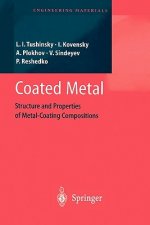
Coated Metal
6578 Kč -

Easy Tarot
493 Kč -
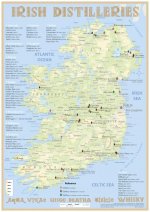
Whiskey Distilleries Ireland - Poster 42x60cm Standard Edition
272 Kč -

Trip to the Bottom of the World with Mouse
179 Kč -
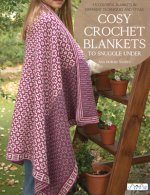
Cosy Crochet Blankets to Snuggle Under
410 Kč -

Dragon Age: The First Five Graphic Novels
667 Kč -

Fell
433 Kč
Darujte tuto knihu ještě dnes
- Objednejte knihu a zvolte Zaslat jako dárek.
- Obratem obdržíte darovací poukaz na knihu, který můžete ihned předat obdarovanému.
- Knihu zašleme na adresu obdarovaného, o nic se nestaráte.
Více informací o knize Decolorization of Two Azo and Two Anthra- Quinone Dyes from the Dye Effluent using Tunic of Allium cepa derived activated carbon. The Response Surface
Nákupem získáte 125 bodů
 Anotace knihy
Anotace knihy
Research Paper from the year 2016 in the subject Engineering - Chemical Engineering, grade: A, Andhra University (College of Engineering), course: Chemical Engineering, language: English, abstract: The aim of the present study is to optimize and model the removal of Two Azo and Two Anthra-Quinone Dyes from the dye effluent using Tunic of Allium cepa derived activated carbon using RSM. The relationship between dye removal efficiency and three main independent parameters including Temperature, Solution pH and Adsorbent Dosage were evaluated by applying central composite design (CCD) and Box-Behnken design (BBD).§§Water Has the high importance in industrial ad domestic areas, Where Industries consume a lot of water and releases highly toxic effluents which are really harmful to the environment containing the toxic metals like Cr, Cd, Pd, Ti, Zn and many harmful dyes etc. Textile effluent dyes are targeted I the present work which exist in two forms (i) True Color (ii) Apparent color. There are various dyes used in the textile industries among which majority of dye stuffs are majorly based on azodyes which are used to dye cotton fabric and anthra-quinone dyes.§§Azo Dyes: Determination of azo dyes are categorized by the presence of (-N=N-) azo group as chromophore. Azo dyes are generally found in synthetic dye classes. Previously azo dyes were applied to cotton which involves the reactions with chemical components which reacts to form the dye into the fiber or on the surface. Primuline red and Para red fall into this group of azo dyes introduces in 1880's.Azo dyes are mostly used in cotton fabric.§§Anthra- quinone dyes: Determination of anthra- quinone dyes are characterized by carbonyl group (C=O) as chromophore. Other names of anthra- quinone are anthrachinon, dioxoanthracene and different trade names like Corbit and Hoelite. The dyes like Saffranin, indigo carmine, Alizarin, Red S, Crystal violet were chosen here from the textile effluent for the removal.§§The source materials used here are natural powders namely Tunic of Allium cepa and its activated carbon.
 Parametry knihy
Parametry knihy
Zařazení knihy Knihy v angličtině Technology, engineering, agriculture Technology: general issues
1254 Kč
- Plný název: Decolorization of Two Azo and Two Anthra- Quinone Dyes from the Dye Effluent using Tunic of Allium cepa derived activated carbon. The Response Surface
- Autor: Dr Meena Vangalapati
- Jazyk:
 Angličtina
Angličtina - Vazba: Brožovaná
- Počet stran: 48
- EAN: 9783668193994
- ISBN: 3668193991
- ID: 10938086
- Nakladatelství: Grin Publishing
- Hmotnost: 73 g
- Rozměry: 210 × 148 × 3 mm
- Datum vydání: 08. May 2016
Oblíbené z jiného soudku
-
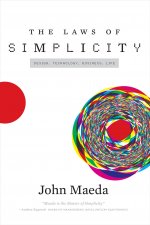
Laws of Simplicity
384 Kč -

Lego Boost Activity Book
545 Kč -

Flavor Thesaurus
598 Kč -
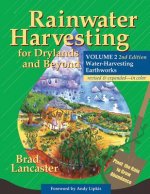
Rainwater Harvesting for Drylands and Beyond, Volume 2
1011 Kč -

Bakewise
1018 Kč -

New Dark Age
323 Kč -
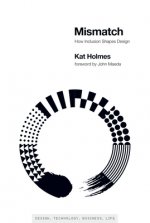
Mismatch
391 Kč -

Brave New Work
410 Kč -

Quantum Computing for Everyone
419 Kč -
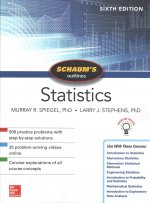
Schaum's Outline of Statistics, Sixth Edition
939 Kč -
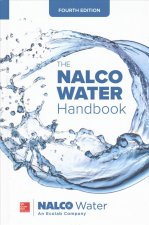
NALCO Water Handbook, Fourth Edition
5777 Kč -

Social Engineering
836 Kč -
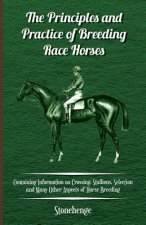
Principles and Practice of Breeding Race Horses - Containing Information on Crossing, Stallions, Selection and Many Other Aspects of Horse Breeding
511 Kč -

Creating the Twentieth Century
1850 Kč -

Compact Cassettes Collectible Book - Compact Cassetten Sammelbuch
327 Kč -

20 Easy Raspberry Pi Projects
735 Kč -

Scrum for Hardware Design
581 Kč -
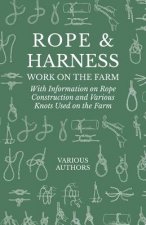
Rope and Harness Work on the Farm - With Information on Rope Construction and Various Knots Used on the Farm
511 Kč -
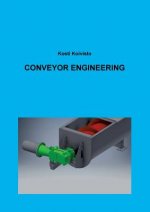
Conveyor Engineering
2011 Kč -

Recommendation Engines
350 Kč -

Beginner's Guide To Circuits
436 Kč -

Fantastic Inventions of Nikola Tesla
349 Kč -

Programming With Openscad
648 Kč -

Firearm Anatomy - Book II the Sten Submachine Gun
966 Kč -

Reverse Engineering
3066 Kč -

New History of Modern Computing
1175 Kč -

OCR Design and Technology for AS/A Level
1755 Kč -
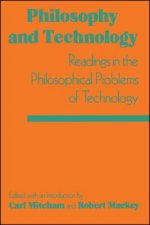
Philosophy and Technology
704 Kč -
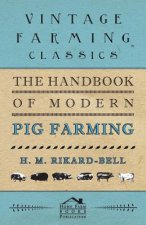
Handbook of Modern Pig Farming
871 Kč -

Innovation Deulsion
562 Kč -
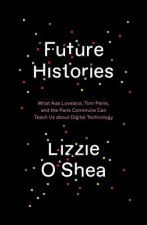
Future Histories
646 Kč -

48 Laws of Power in Practice
538 Kč -

Made to Break
927 Kč -

Drilling Engineering: Advanced Applications and Technology
6207 Kč -
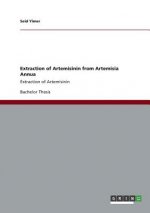
Extraction of Artemisinin from Artemisia Annua
1704 Kč -

ISE Machining and CNC Technology
2272 Kč -

America's New Slavery? FMRI Technology! Functional Magnetic Resonance Imaging! Or America's Salvation? All Americans Should Be Concerned!
568 Kč -

Towards the Autonomous Ship: Operational, Regulatory, Quality Challenges
475 Kč -

Reactive Separation Processes
10348 Kč -

Pilot-Assisted OFDM Systems
2405 Kč -

Civil and Military Airworthiness
1759 Kč -
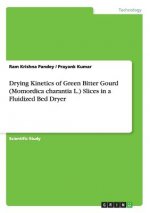
Drying Kinetics of Green Bitter Gourd (Momordica charantia L.) Slices in a Fluidized Bed Dryer
1693 Kč -

Practical Watch Repairing
1314 Kč -
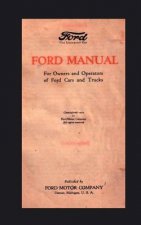
Ford Manual
1177 Kč -

UAV or Drones for Remote Sensing Applications
1961 Kč -

New Trends in Recycled Aggregate Concrete
1759 Kč -
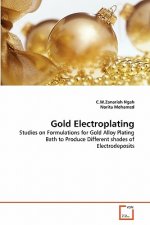
Gold Electroplating
2405 Kč -

Explosives and Blasting Procedures Manual
1010 Kč -

Enterprise Resource Planning (ERP) The Great Gamble
449 Kč
Osobní odběr Praha, Brno a 12903 dalších
Copyright ©2008-24 nejlevnejsi-knihy.cz Všechna práva vyhrazenaSoukromíCookies



 Vrácení do měsíce
Vrácení do měsíce 571 999 099 (8-15.30h)
571 999 099 (8-15.30h)